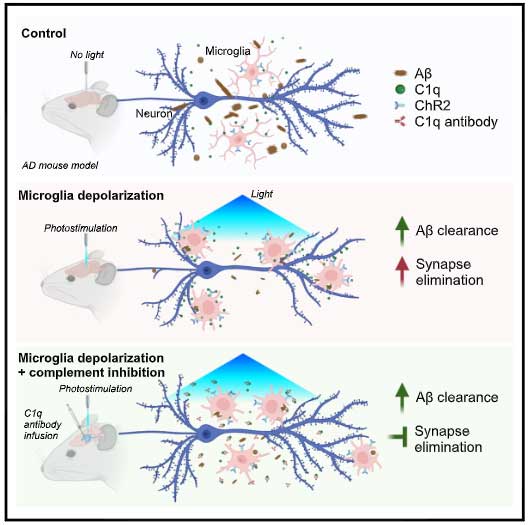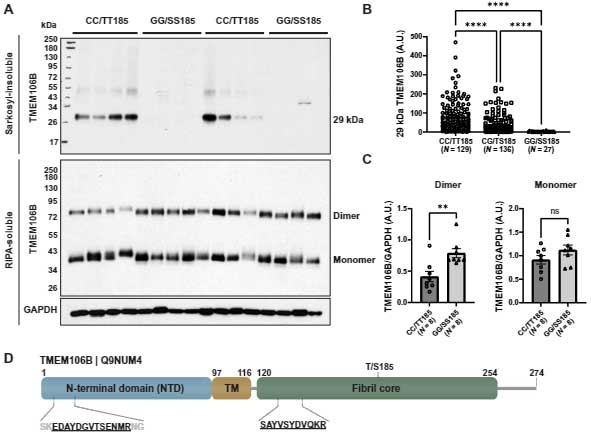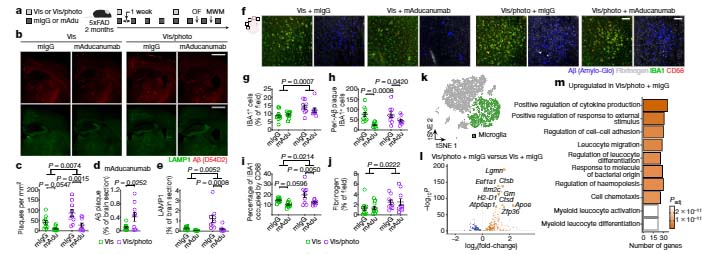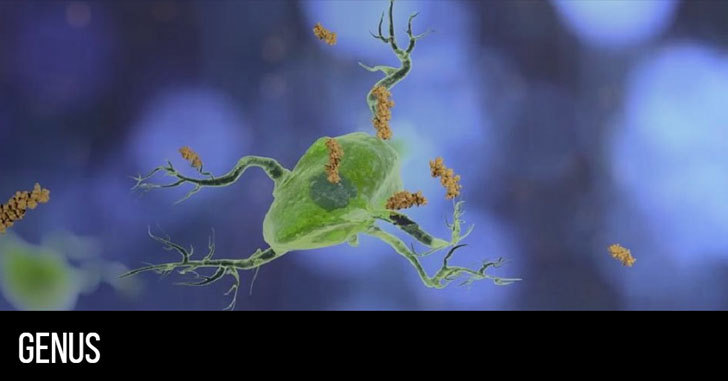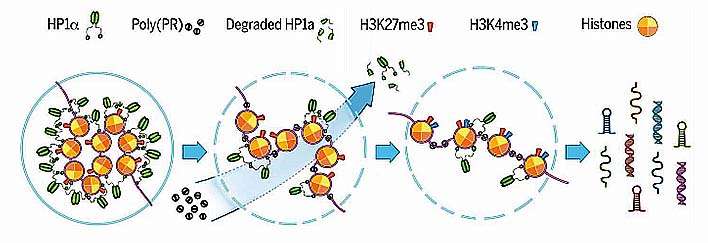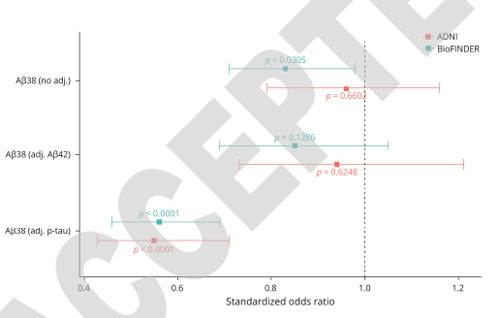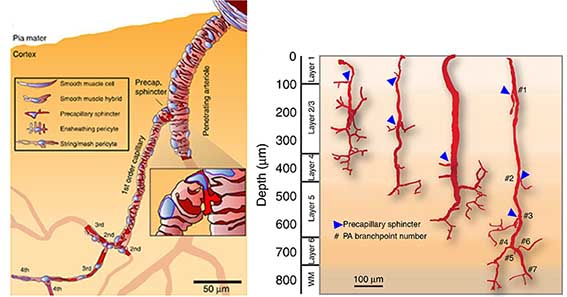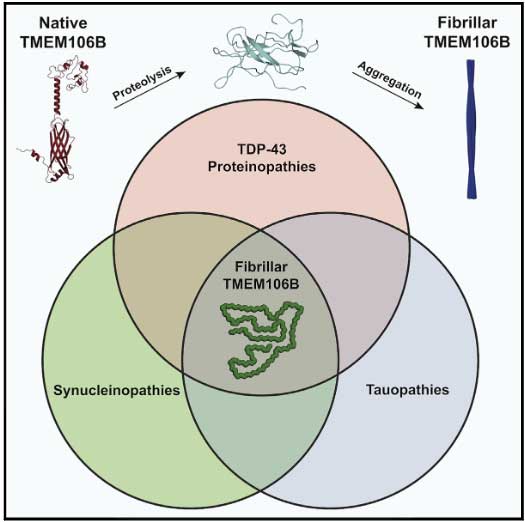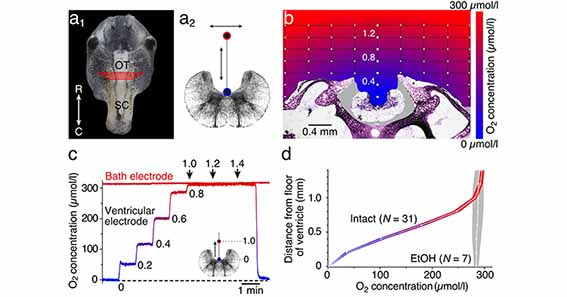
脳は、体重の2%程度の重さしかありませんが、体循環の約20%の血流量を必要とします [1] 。
それだけ脳という組織は酸素を必要とする、ということですが、
ドイツのStrakaらの研究グループは、 実際に脳の細胞達がどれくらい活動時に酸素を消費しているか、 直接計測してみたそうです [2] 。
Background Neuronal computations related to sensory and motor activity along with the maintenance of spike discharge, synaptic transmission, and associated housekeeping are energetically demanding. The most efficient metabolic process to provide large amounts of energy equivalents is oxidative phosphorylation and thus dependent on O2 consumption. Therefore, O2 levels in the brain are a critical parameter that influences neuronal function. Measurements of O2 consumption have been used to estimate the cost of neuronal activity; however, exploring these metabolic relationships in vivo and under defined experimental conditions has been limited by technical challenges. Results We used isolated preparations of Xenopus laevis tadpoles to perform a quantitative analysis of O2 levels in the brain under in vivo-like conditions. We measured O2 concentrations in the hindbrain in relation to the spike discharge of the superior oblique eye muscle-innervating trochlear nerve as proxy for central nervous activity. In air-saturated bath Ringer solution, O2 levels in the fourth ventricle and adjacent, functionally intact hindbrain were close to zero. Inhibition of mitochondrial activity with potassium cyanide or fixation of the tissue with ethanol raised the ventricular O2 concentration to bath levels, indicating that the brain tissue consumed the available O2. Gradually increasing oxygenation of the Ringer solution caused a concurrent increase of ventricular O2 concentrations. Blocking spike discharge with the local anesthetics tricaine methanesulfonate diminished the O2 consumption by ~ 50%, illustrating the substantial O2 amount related to neuronal activity. In contrast, episodes of spontaneous trochlear nerve spike bursts were accompanied by transient increases of the O2 consumption with parameters that correlated with burst magnitude and duration. Conclusions Controlled experimental manipulations of both the O2 level as well as the neuronal activity under in vivo-like conditions allowed to quantitatively relate spike discharge magnitudes in a particular neuronal circuitry with the O2 consumption in this area. Moreover, the possibility to distinctly manipulate various functional parameters will yield more insight in the coupling between metabolic and neuronal activity. Thus, apart from providing quantitative empiric evidence for the link between physiologically relevant spontaneous spike discharge in the brain and O2-dependent metabolism, isolated amphibian preparations are promising model systems to further dissociate the O2 dynamics in relation to neuronal computations.
脳の酸素消費量は本当に神経活動量と相関していた
彼らは、アフリカツメガエル(Xenopus Laevis)の脳を用いて、
上斜筋を支配する滑車神経の活動電位と、 それに対応する、後脳の酸素消費量を計測しました。
通常状態では、脳を浸したリンゲル液中の酸素濃度はほぼゼロですが、
ミトコンドリアの機能をシアン化カリウムで阻害したり、 組織をエタノールで固定したりすると、 リンゲル液中の酸素濃度が上がります。
このことから、脳は周囲の酸素をあるだけ消費していると考えられました。
リンゲル液中の酸素濃度を上げると、脳室内の酸素濃度も上がりました。
局所麻酔で神経の活動量を抑えると、酸素消費量は50%程度下がりました。
一方、滑車神経の神経活動のスパイク群発の動きや長さに合わせて、 酸素消費量が一時的に上がっており、
神経活動と酸素消費量が綺麗に相関していました。
My View
今まで、ヒトや動物モデルを使って、neurovascular coupling [3] が示されてきたので、
" 神経活動 ⇔ 酸素消費量"
の図式は当たり前のように思っていましたが、
実際に計測されて
「あー、本当だったんだ。」
と思いました。
個人的に興味を引いたのは、
神経活動に使う酸素消費量は、脳全体の50%程度、というところ。
それ以外はグリアetc.が使っているのでは、と考察されています。
以前よりもグリアの重要性が意識されているように感じていますが、
今回の結果は、ニューロン半分/グリア半分、と言っているように感じました。
References
- Xing CY, Tarumi T, Liu J, et al. Distribution of cardiac output to the brain across the adult lifespan. J Cereb Blood Flow Metab. 2017;37(8):2848-2856. doi: 10.1177/0271678X16676826
- Özugur, S., Kunz, L. & Straka, H. Relationship between oxygen consumption and neuronal activity in a defined neural circuit. BMC Biol 18, 76 (2020). https://doi.org/10.1186/s12915-020-00811-6
- Huneau C, Benali H, Chabriat H. Investigating Human Neurovascular Coupling Using Functional Neuroimaging: A Critical Review of Dynamic Models. Front Neurosci. 2015;9:467. Published 2015 Dec 18. doi: 10.3389/fnins.2015.00467

